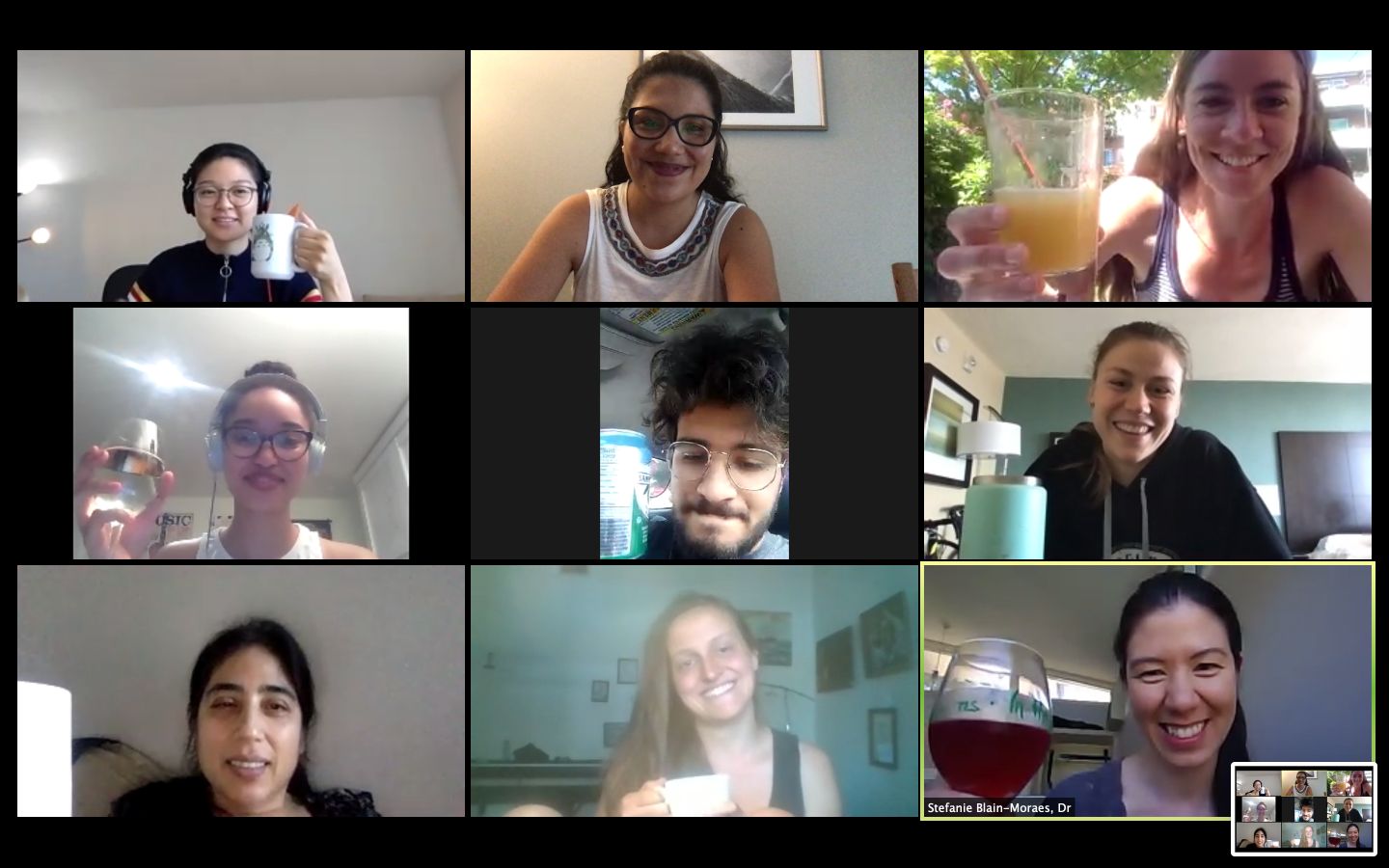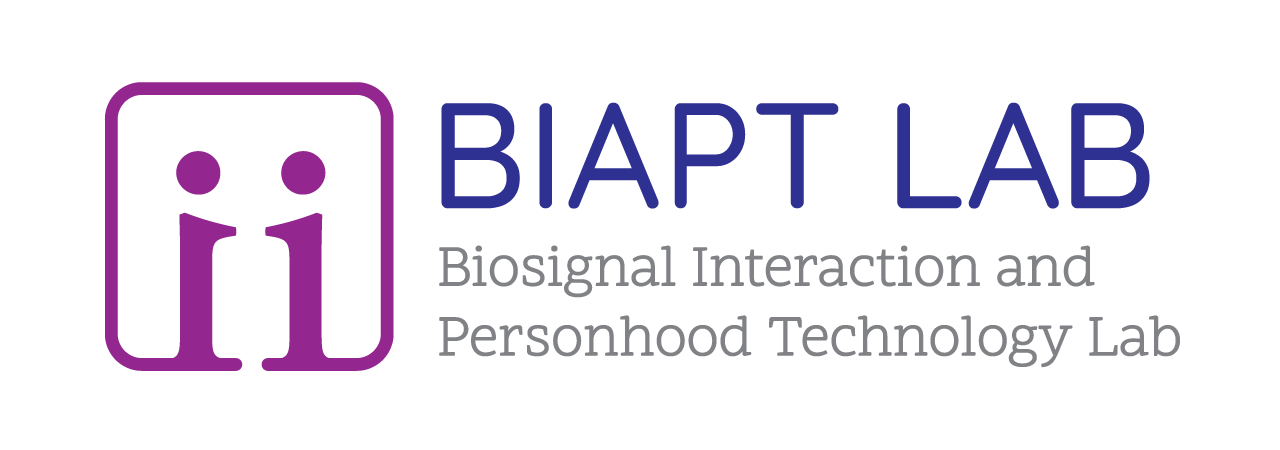EDI statement
As the leader of the Biosignal Interaction and Personhood Technology (BIAPT) lab, I am committed to Equity, Diversity and Inclusion, as I believe that it strengthens our scientific and engineering communities, and the quality, social relevance, and impact of our research. I strive to create a research environment where all my students feel like they are valued as researchers, regardless of their religious affiliation, nationality, cultural background or sexual orientation. I have operationalized this commitment to equity, diversity and inclusion through several practices in my research lab.
- Before students join my research group, I review with them the lab expectations document, which explicitly states my expectation of lab citizenship, namely, their rights to expect a positive and respectful training environment and their expected contribution to creating this environment. Every student signs this document to indicate their shared commitment to these values. This document is updated annually.
- I provide equitable access to opportunities for contributing to larger projects, authorship, traveling to conferences to all students. While the same general rules apply across all students (e.g. I will financially support students to attend one conference for each first-author journal article that they publish), students require varying levels of support to take advantage of these opportunities. I tailor the support that I provide as a supervisor according to their personal circumstances and background.
- I create formal and informal opportunities for my students to explicitly address Equity, Diversity and Inclusion in research and healthcare. External EDI events are regularly shared on our lab Slack channels. Our lab also hosts informal lunchtime chats where we discuss EDI-related topics.
- I teach upper-level trainees to consider EDI in their future careers as independent research groups. Through my lab, I run a 13-week “Professors in Training” program for postdoctoral fellows; one of these weeks is dedicated to the topic “Diversity and Inclusion”.
My efforts to promote EDI are evident in the composition of my trainees. In future, I will continue to support them to consider issues of EDI in their research and teaching.
Stefanie Blain-Moraes

